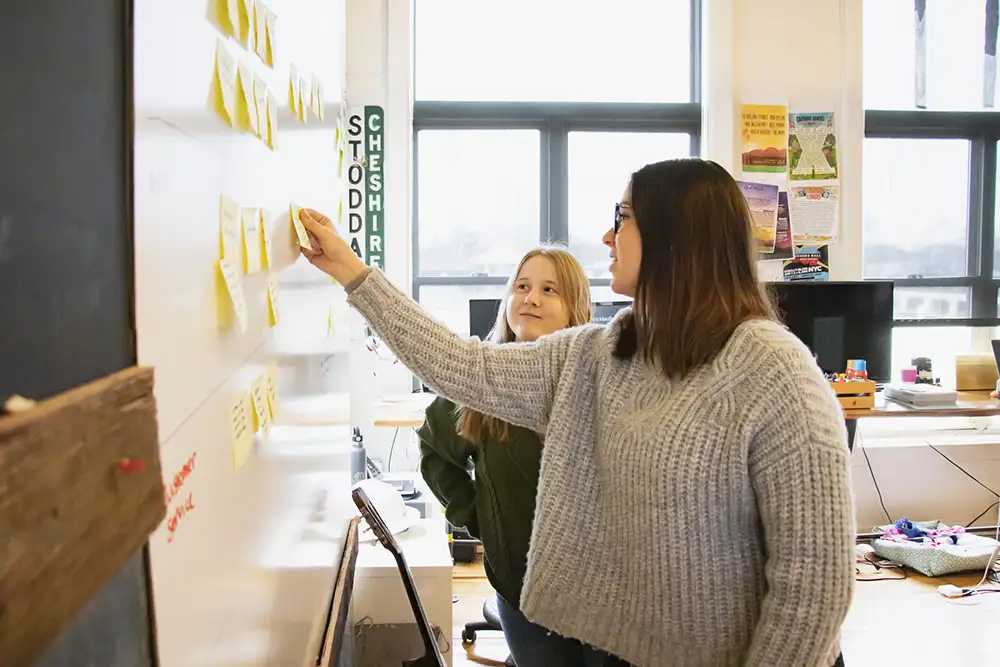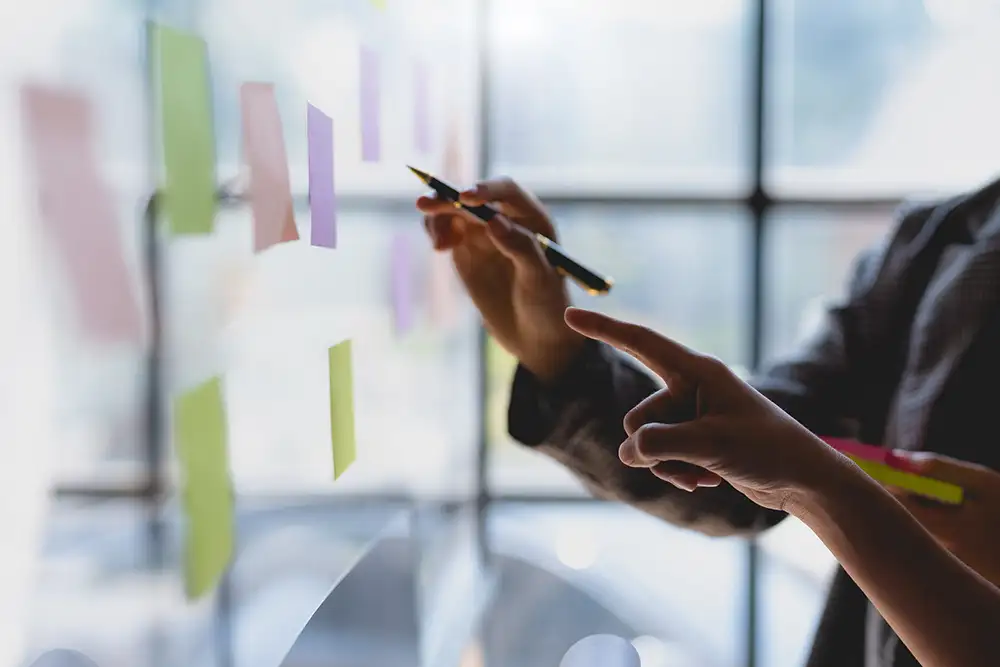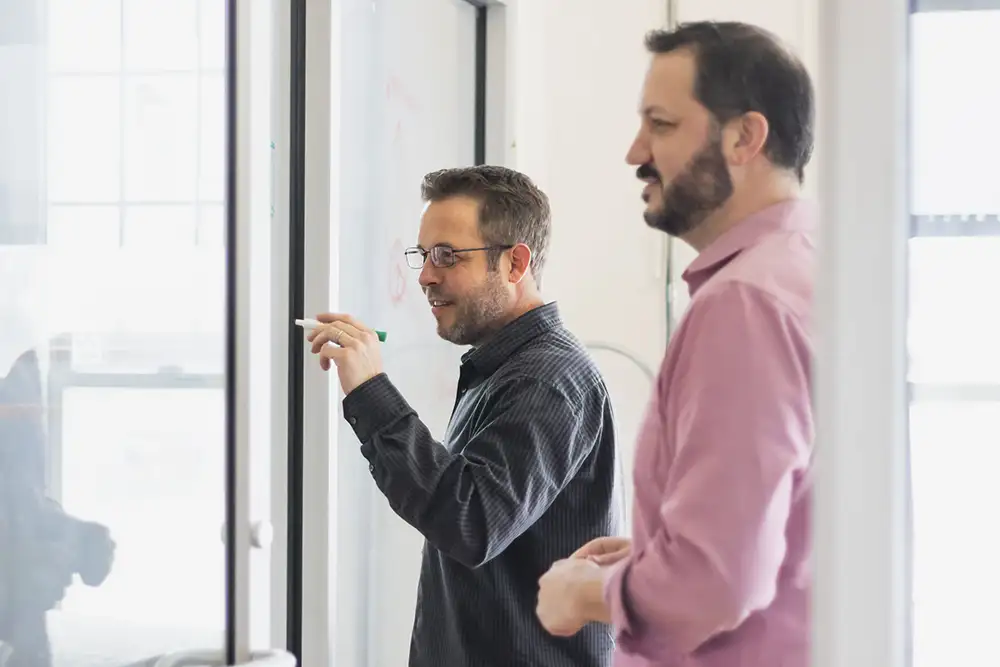10 Ways I Work Smarter (Not Harder) in Figma
Learn 10 practical tips to work more efficiently in Figma—from using components and Auto Layout to organizing…
I see brainstorming as more than idea generation—it’s a discipline where strategy, creativity, and collaboration intersect.
The strongest ideas rarely appear fully formed; they emerge when structure and play coexist, giving the freedom to explore unexpected directions while staying anchored to the brief.
Here are a few of the exercises I return to again and again to spark original thinking.

I set a timer and generate as many ideas as possible, suspending judgment in favor of momentum. Even the most unconventional suggestions often spark stronger, more refined concepts. Speed creates freedom—and freedom fuels originality.
Starting with a single, project-related word, I follow the associations wherever they lead. It’s especially powerful when non-design teammates jump in—often their connections reveal surprising and relevant new angles. Fresh language creates fresh thinking.
I like to flip perspectives—asking what a competitor would never do, or how a eight-year-old might approach the challenge. I’ll often loop in outside perspectives or other colleagues outside design to see how they’d frame the problem. Perspective shifts lead to opportunity shifts.
When everyone contributes imagery, colors, or typography that resonates with the project, the overlap reveals patterns we couldn’t see individually. The most unexpected contributions often become the foundation for the creative direction. Collective vision strengthens individual ideas.
Instead of shutting ideas down, I focus on building on them. With diverse voices in the room, this approach keeps the energy high and momentum flowing, often uncovering solutions we wouldn’t reach on our own. Collaboration multiplies potential.

Conclusion
For me, brainstorming isn’t about chasing one big idea—it’s about creating the right conditions for ideas to grow, evolve, and sharpen through collaboration. The process itself is often the first step toward the most impactful creative results.

Frequently Asked Questions
Q. How do you turn brainstorms into results?
After the session, we sort ideas, look for patterns, and identify which ones align with strategy. That’s when brainstorming turns into real creative direction.
Q. What if someone isn’t “creative”?
Everyone is creative in their own way. Some people think visually, others strategically. The mix of perspectives is what makes a brainstorm valuable.
Q. Why involve people outside the creative team?
Fresh perspectives lead to stronger ideas. Non-design teammates often approach problems differently, which keeps concepts grounded and innovative.
Q. Do brainstorms ever actually produce finished ideas?
Not usually—and that’s the point. Brainstorms are about quantity, not polish. The best concepts get refined after the session.
Vivian is a creative problem solver with a curious mind who brings passion and positivity to every project. An award-winning illustrator and designer, she thrives in collaborative environments—and outside work, you’ll find her thrifting, hiking, or watching a good thriller movie. Learn more about Vivian and her time here at GO.
Learn 10 practical tips to work more efficiently in Figma—from using components and Auto Layout to organizing…
Discover how Rehrig Pacific and GO transformed a niche B2B audience into an engaged community through Pallets to…
A recap of GO’s All Hands meeting—team bonding, inspiring guests, department updates, big milestones, and…